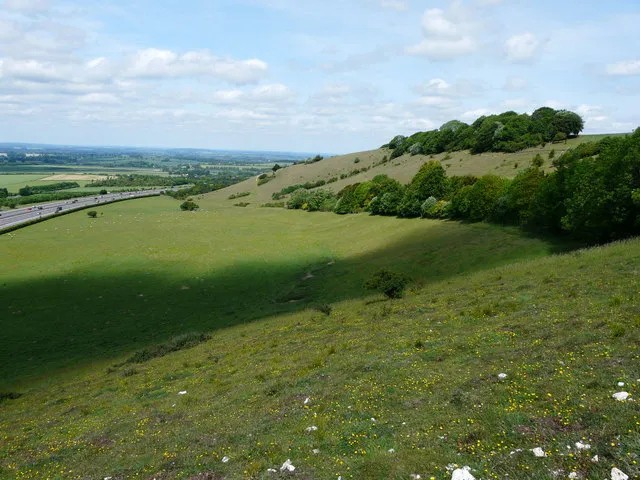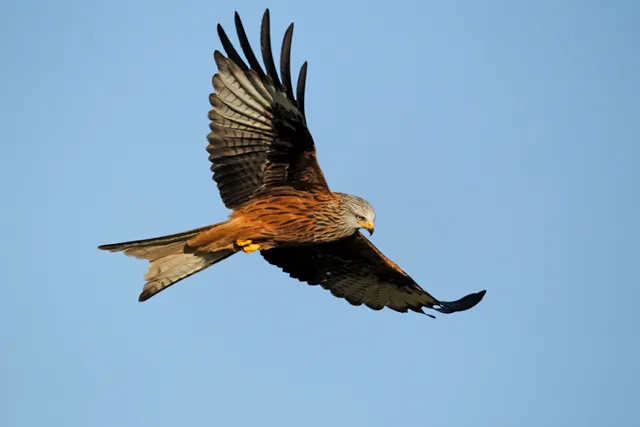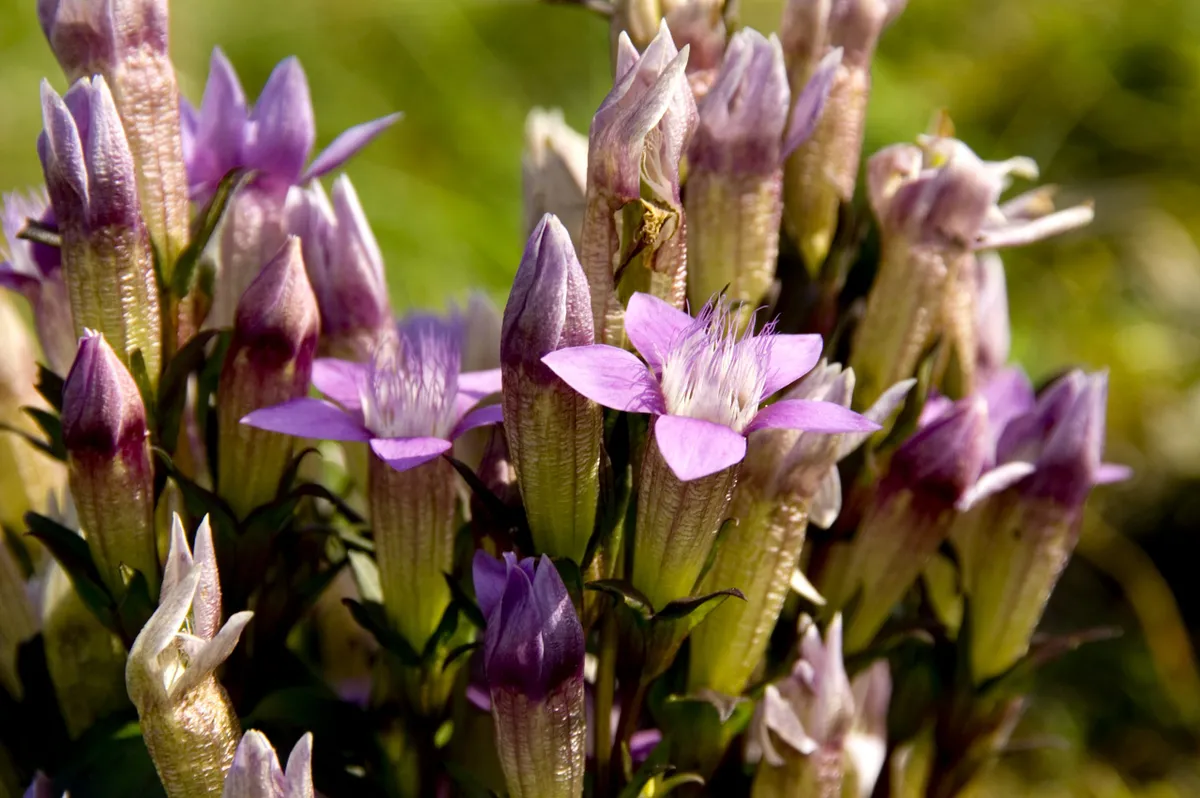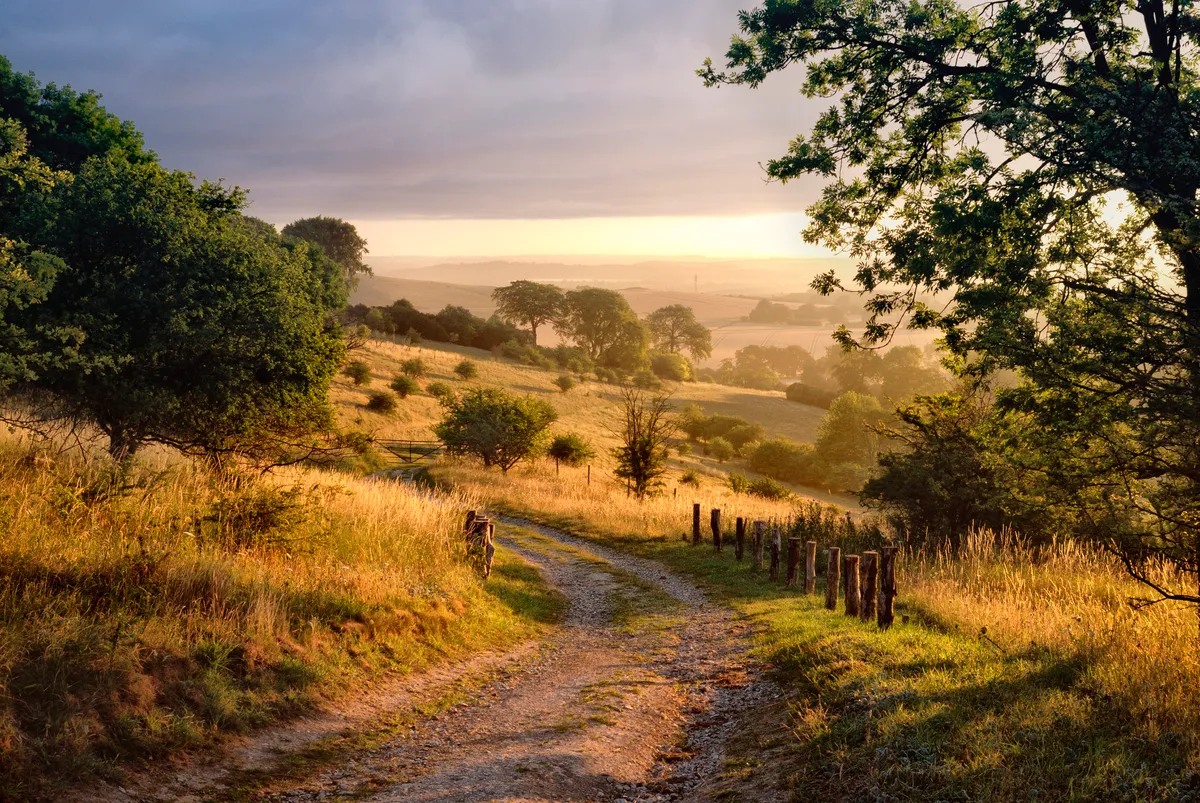Perched high on the Chilterns escarpment is Aston Rowant National Nature Reserve.
Despite the M40 cutting through the reserve, with Cowleaze Wood on one side and Beacon Hill on the other, Aston Rowant hosts flora and fauna of all varieties, as well as majestic views across Oxfordshire.

Aston Rowant wildlife
Managed by Natural England, the reserve’s diverse habitats mean large numbers of birds, flowers, butterflies and mammals prosper here. There are over 30 different species of resident butterfly at Aston Rowant, including the silver spotted, chalkhill blue and dingy and grizzled skipper.
The site is popular with hares and muntjac and roe deer, and it’s also an important conservation area for the endangered hazel dormouse. Look out for whitethroats, green woodpeckers and large flocks of finches, and listen for the fluting song of the blackcap. Volunteers have also recorded sightings of hobbies, tiny firecrests, ring ouzels and red kites; this eye-catching bird of prey was reintroduced here as part of a successful programme by the RSPB and Natural England.
Red kites at Aston Rowant
Gliding effortlessly, their wings outstretched and steering with their forked tails, red kites are a magnificent and now common sight in the Chiltern Hills. Persecuted from everywhere but the remotest parts of Wales by mid-Victorian times, their reintroduction has been a remarkable success story.
Meanwhile buzzards, once rare in the Chilterns, have also prospered, so it is virtually impossible to visit or walk in the area without seeing raptors wheeling in the sky.

Kites were reintroduced using Spanish birds in 1989 in a remarkably successful project run by the RSPB and the Nature Conservancy Council. The introduced birds first bred here in 1991. Now there are now hundreds of breeding pairs and many chicks have been exported to repopulate other suitable areas of England and Scotland.
Ant mounds
Perhaps the reserve’s most surprising inhabitant can be found on the hills’ flower-rich grassland and juniper scrub: yellow meadow ants. Their unusual mounds, some of which are over 100 years old, dot the slopes.
Cowleaze Wood
Cowleaze Wood, across the gap from Beacon Hill, offers a stunning display of springtime bluebells, alongside celandines and wood anemones. If you’re lucky, you may even spot orchids and Chiltern gentians.
Formerly noted for its now removed Sculpture Trail, Cowleaze Woods offer an attractive mixed wood with beeches, oaks, coppiced hazels and conifers, the latter being slowly felled to return the woods to a tree mix more appropriate for the Chilterns.

Beacon Hill
Picnicking on Beacon Hill, you will see many kites riding the thermals seeking carrion and small mammals including rabbits, mice and voles, and birds. The route then drops into a valley in the Wormsley Estate, owned by the Getty family. The late Sir Paul Getty was much involved in the reintroduction of the red kite and many were released on his estate.
Walking in Aston Rowant
While walking around Aston Rowant, don’t miss the sunken ways – ancient footpaths, worn deep into the ground after generations of use. Only half a mile away is the Ridgeway National Trail, another historic path.

Watlington
About three miles from the Aston Rowant National Nature Reserve via the B4009, Watlington is a historic market town with streets of fine timber-framed and Georgian houses focusing on a 17th-century town hall. Near this, in High Street, is The Granary Delicatessen, which has a well deserved reputation for cheese (it stocks more than 150 varieties) and produces excellent sandwiches, rolls and ciabattas.
Also worth visiting for refreshments is the Wee Bookshop and Café in nearby Chinnor.